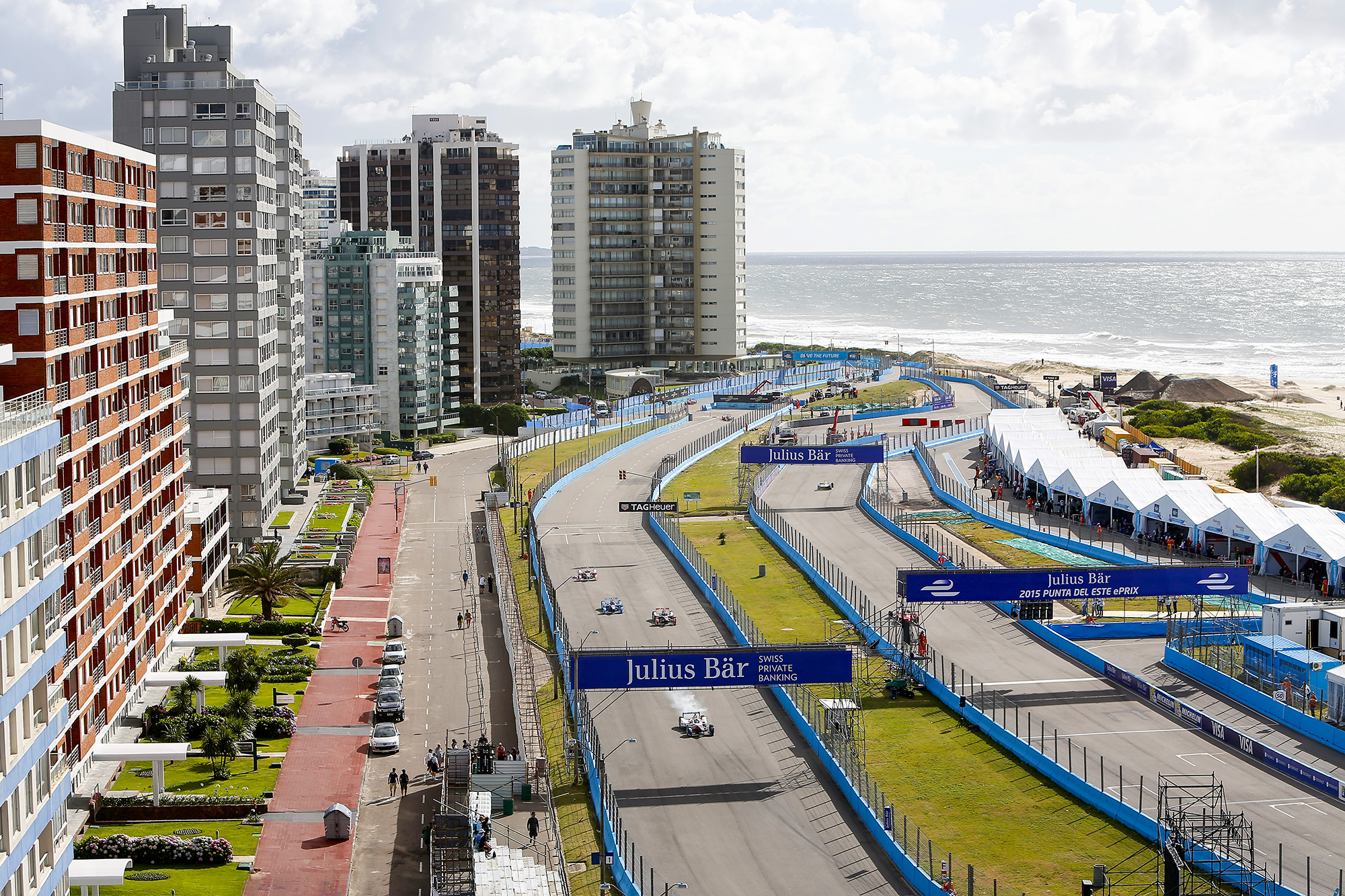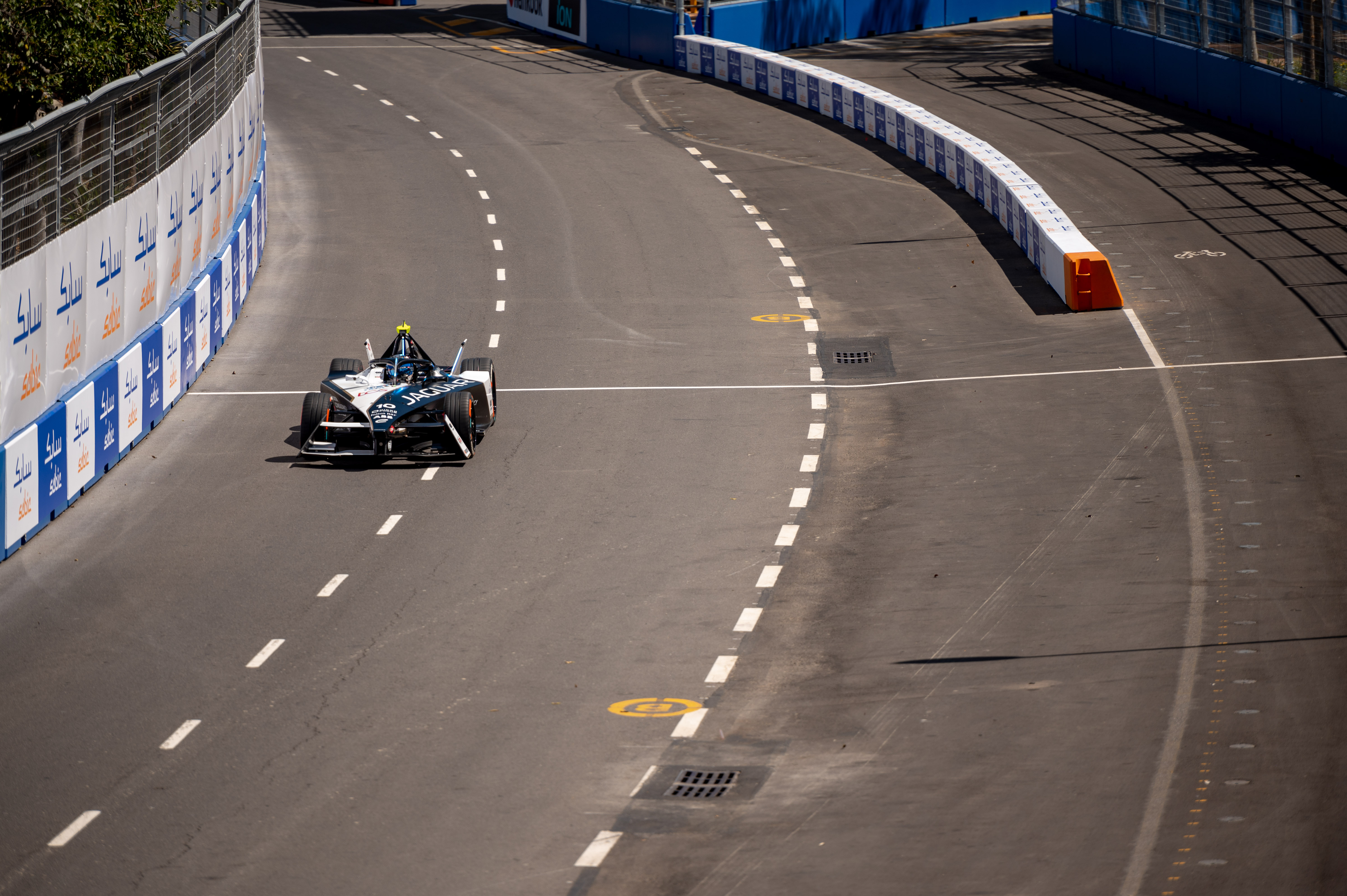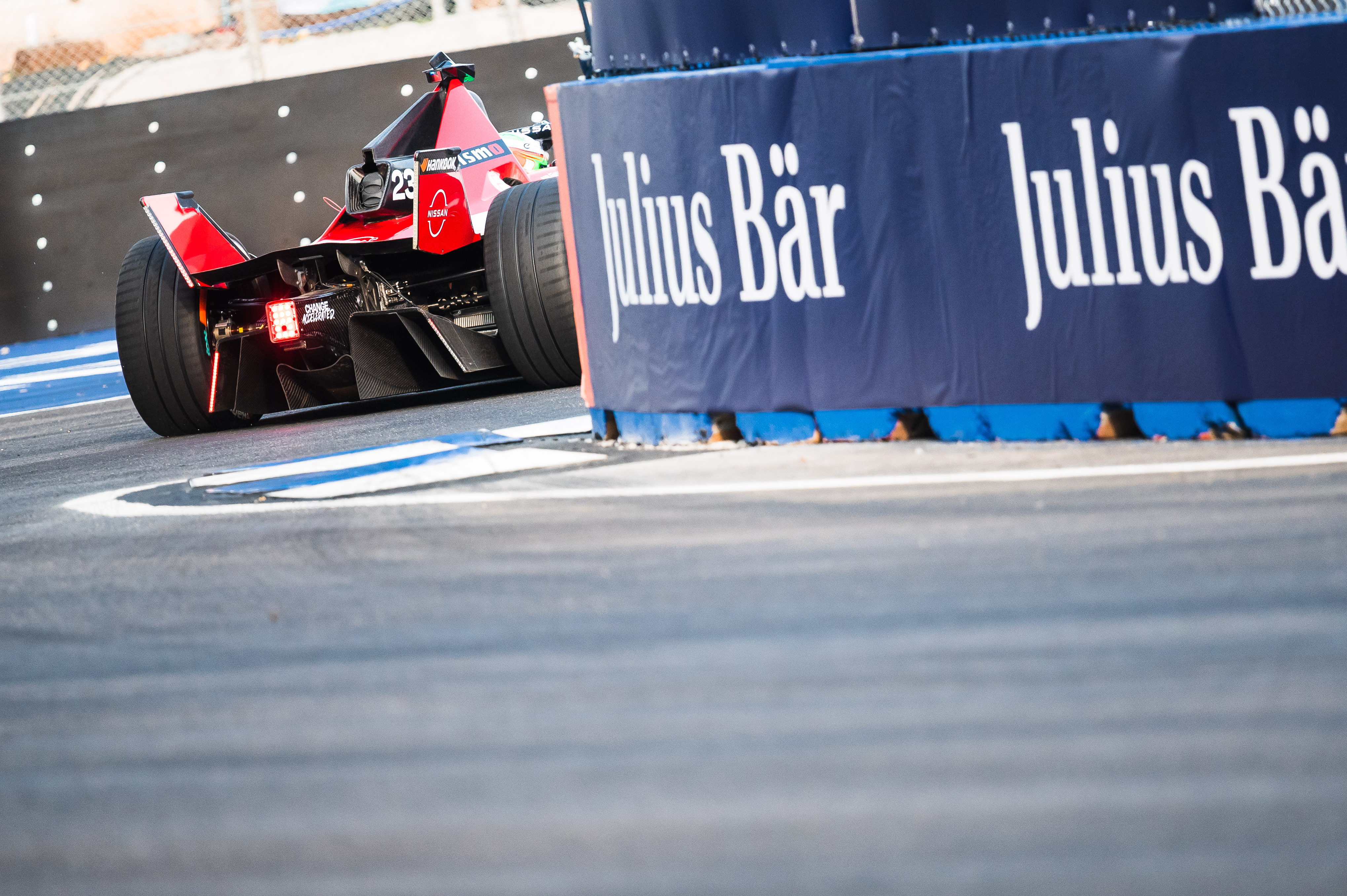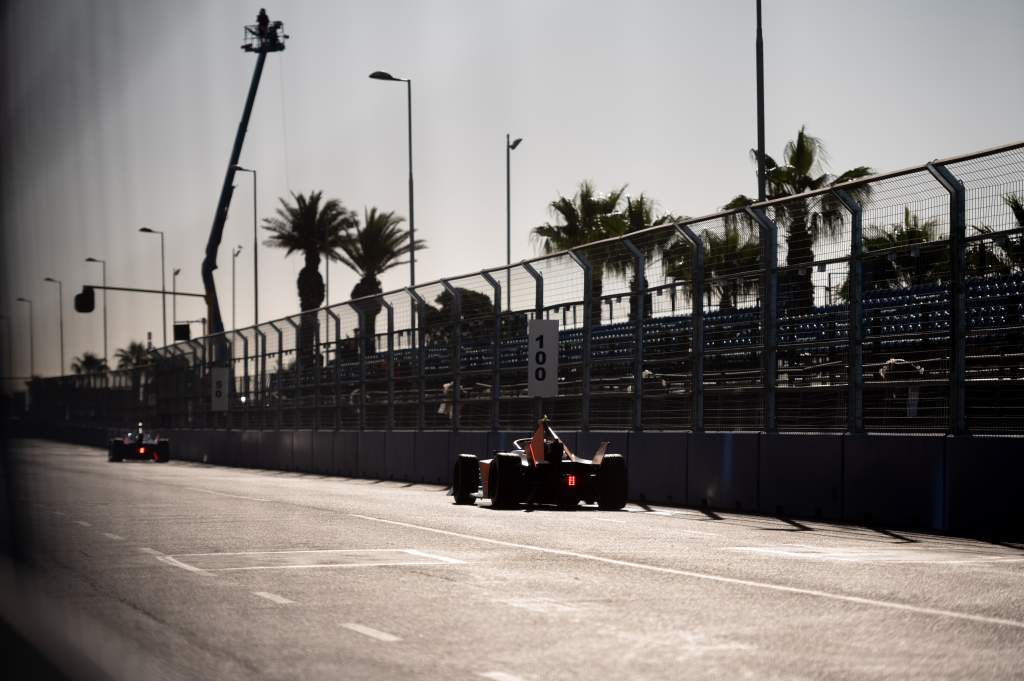If the trials and tribulations of starting an entirely new Gen3 ruleset were not enough in 2023, Formula E didn’t exactly make life easy for itself with three brand new venues in three separate continents completing the first tranche of races this season.
Hyderabad, Cape Town and Sao Paulo each ended up providing excellent races but the precision and expertise required just to get the races functional, and ultimately successful, was a task with multiple layers of complexity, local challenge and, in the case of Hyderabad in particular, colossal complications.
Since its formation in 2014, Formula E has prided itself on giving new cities and countries the chance to host international motor racing. It has achieved this in some most unusual areas of the world, quite often without any specific racing culture or infrastructure in place.

Uruguay, Indonesia, South Korea, India and Chile are just some of the countries where a variety of temporary circuits have popped up in recent seasons.
Close collaboration between the FIA, Formula E, the relevant National Sporting Authority (ASN) and the local promoter is vital if an event is to be successful from the outset and then get a foothold in Formula E’s notoriously fickle and unpredictable schedule.
The process for joining the series begins approximately 18 months prior to the projected race date, when an expression of interest from a host city representative is registered with the championship promoter, Formula E Holdings. Oli McCrudden is the city development director at Formula E, who manages relationships with a city for this initial phase.
McCrudden, who started his career by running the FIA Historic F1 series with his father Stuart in the early 2000s, has an interesting take on the initial approaches and then the vision needed to execute races in Formula E.
“It’s a little like dating,” he says. “Both sides have a clear idea of what they want the future to look like, but first of all they need to be sure they’re with someone who shares the same vision.
“It requires open communication, collaboration, understanding and compromise. All those qualities that are vital for a successful personal relationship really do apply on a grand scale in our world and lay the foundations for a strong, fruitful partnership.”

From the initial agreement, a project is then assigned a track designer who is appointed to draft a circuit proposal, which is subsequently reviewed by Formula E. This is done by means of a feasibility study – taking into account the preconditions outlined in Appendix O of the FIA’s International Sporting Code, the degree of civil work required, and the positioning of the principal structures.
Contracts are only exchanged once all the deliverables are clearly understood.
Nine months before the event, the ASN sends a formal request for homologation to the FIA Safety Department, which in turn appoints an FIA circuit inspector and conducts simulations based on the drawing provided by the designer to validate the circuit’s various safety features – from barriers to run-off areas – while suggesting any necessary amendments.

The FIA Circuits Commission – an organisation composed of circuit safety experts from ASNs around the world – further evaluates the document produced by the Safety Department and, with four months remaining until lights-out, the official FIA circuit inspector, FIA experts and Formula E staff visit the site to approve the circuit layout and all peripheral structures, including locations of pit garages, race control and the medical centre.
It’s at this stage that FIA race director Scot Elkins and other key FIA personnel – and indeed Formula E staff – will visit a site to ensure that fundamental organisational needs are there to be met for the future race.
This will include the event safety plan, which is drawn up in conjunction with the local ASN, calculating the number of marshals and firefighters needed for potential recovery situations. The FIA Technical Department then carries out simulations with the latest circuit layout around a month-and-a-half before the E-Prix to determine the length of the race; should there not be sufficient braking zones for energy regeneration, additional modifications may be requested.
Once the final layout has been validated by all parties, the FIA Sporting Department shares it – a month ahead of the event – with the championship’s teams, who then subsequently start their own simulator preparations and have the opportunity to report back any significant concerns.
Two weeks in advance of the race and overseen by Formula E, the track build begins, with FIA experts joining for the final phase to sign off the circuit safety features and effect any last-minute practical changes, such as adding safety barriers or modifying recovery vehicle access.
On the Thursday morning of the race weekend, a track walk is held with all relevant stakeholders – the FIA race director, safety car driver, sporting delegate and e-safety delegate as well as the circuit builders and Formula E staff – to make sure everybody is familiar with the layout and allow for any 11th-hour corrections. This came to pass in Hyderabad and Cape Town, when subtle revisions to the track were made after some simulation work was carried out by teams.
As part of his role in Formula E, Elkins also holds the responsibility of being FIA circuit inspector – fulfilling this role in conjunction with his race director duties. It is Elkins who will corroborate that the track has been built in accordance with the final reference plan that was approved in principle by the FIA’s Circuits Commission.

An exhaustive inspection report is assembled and, provided all criteria are met, the release of the circuit licence – signed by the FIA president will be issued ahead of the shakedown session. Should that all be completed then official sessions start to take place, with a first free practice period being held in the afternoon before the day of the E-Prix itself.
Post-event a track review group – composed of members of the FIA, Formula E and three driver representatives (this year Lucas di Grassi, Oliver Rowland and Antonio Felix da Costa) – meets to discuss potential improvements to the circuit for future editions, should it continue to host races.

“Formula E is unique in the motorsport world in racing predominantly on temporary inner-city tracks,” acknowledges Elkins.
“That necessitates a completely different approach to track build and approval, which all takes place over a comparatively short space of time.
“During that period, a great deal needs to be done to ensure the circuit in question is above all safe and constructed in line with the general standards expected in an FIA world championship.
“Throughout the whole process, the FIA works hand-in-hand with Formula E as well as the local promoter and ASN, and the success of the recent new races in Hyderabad and Cape Town bears testament to the efficiency and efficacy of that close collaboration.”
Formula E has one more new circuit to come in 2023, the permanent Portland circuit in the United States.
With a potential race in Los Angeles next year and the possibility of a first-ever Tokyo E-Prix, Formula E’s tradition of attracting, scoping out and activating new races in fresh markets is set to stretch further to take the all-electric championship to even more new territories.






